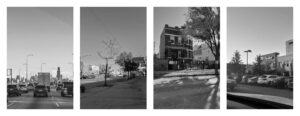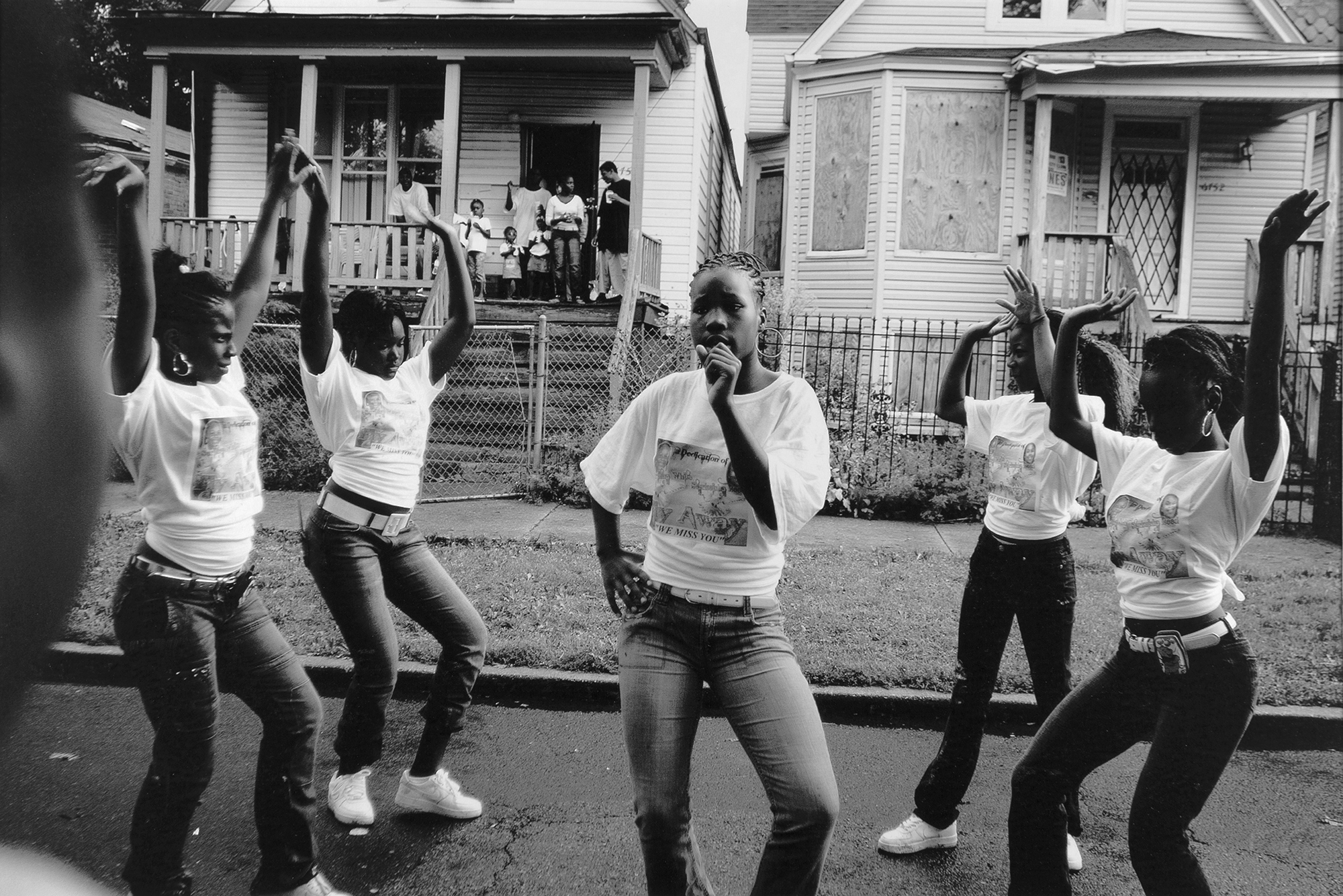
Arts, Activism, Policy, Power: Your Chicago
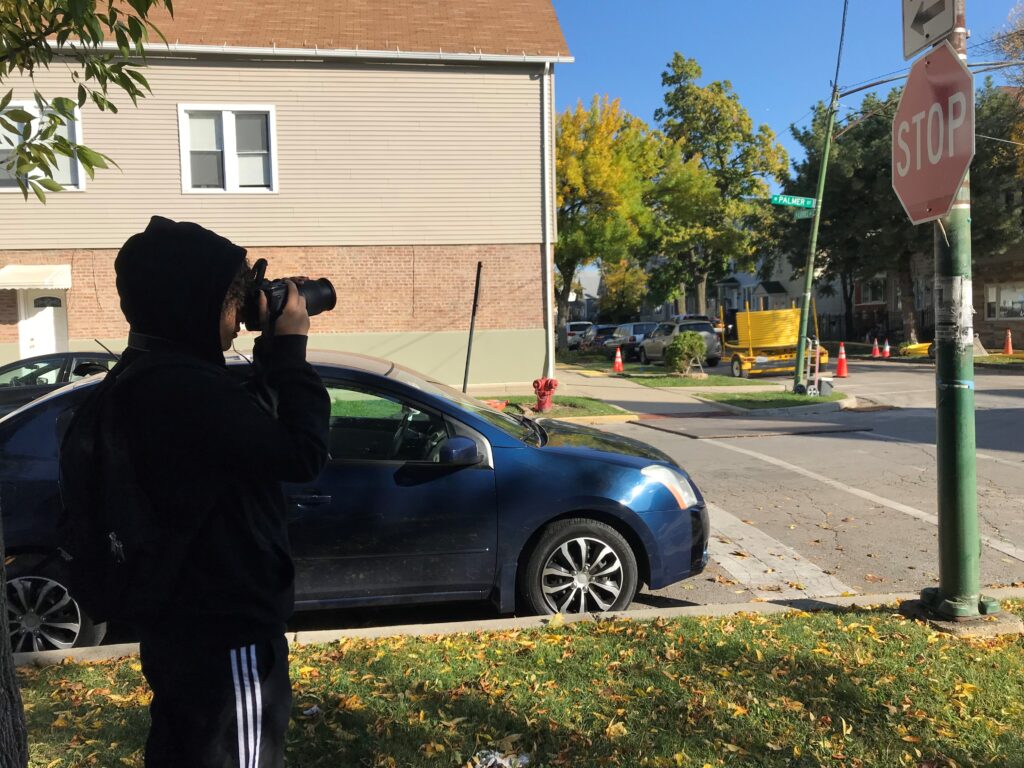
Introduction
This guide will lead students through documentary projects in photography and video that depict their own neighborhoods. Students will be encouraged to think about how images in the media shape perceptions of different neighborhoods and communities. In closely examining Ortiz’s nine-year-long documentary project, We All We Got, students will create their own images of people and places in their communities.
RECOMMENDED AGE
9-12th grade learners
TIME REQUIREMENT
Approximately 20 hours of classroom discussion and workshop
MATERIALS REQUIRED
DSL-R or iPhone cameras. Access to the internet is required for uploading materials to MoCP. Access to Adobe Photoshop and a printer preferred but not required.
LEARNING OBJECTIVES
Students in this session will learn through making their own images of their neighborhoods and city about the ethical responsibilities of telling human stories with a camera. Students will discuss how media depictions of Chicago shape or reinforce divisions between communities.
About the Teaching Artist: Carlos Javier Ortiz
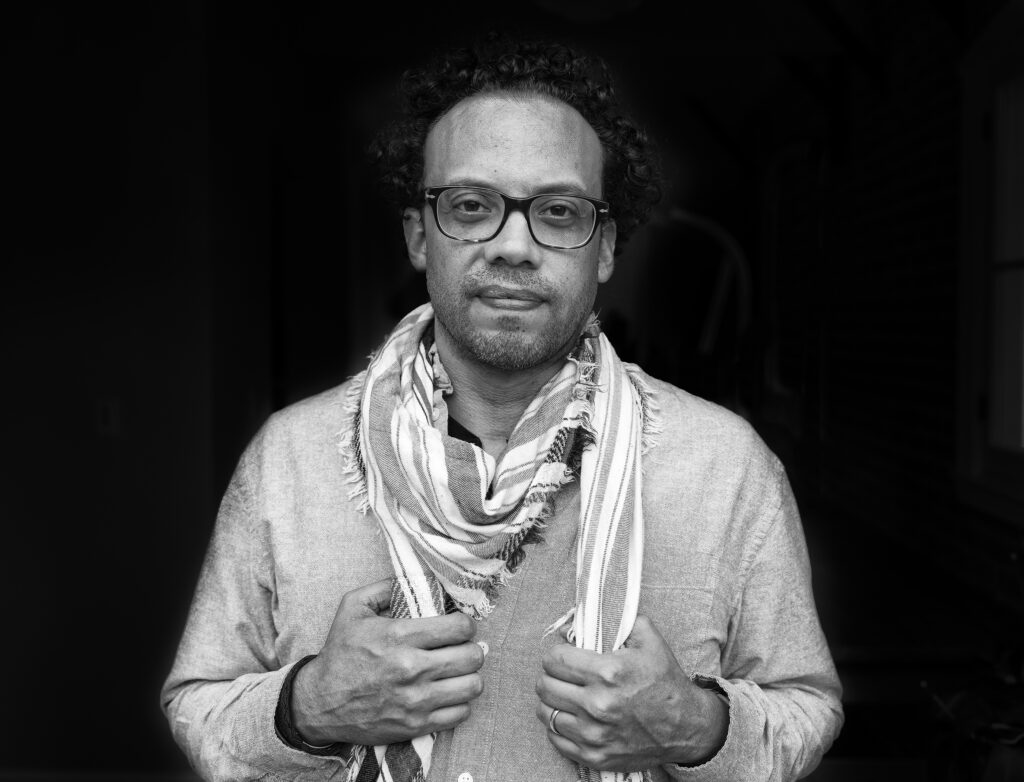
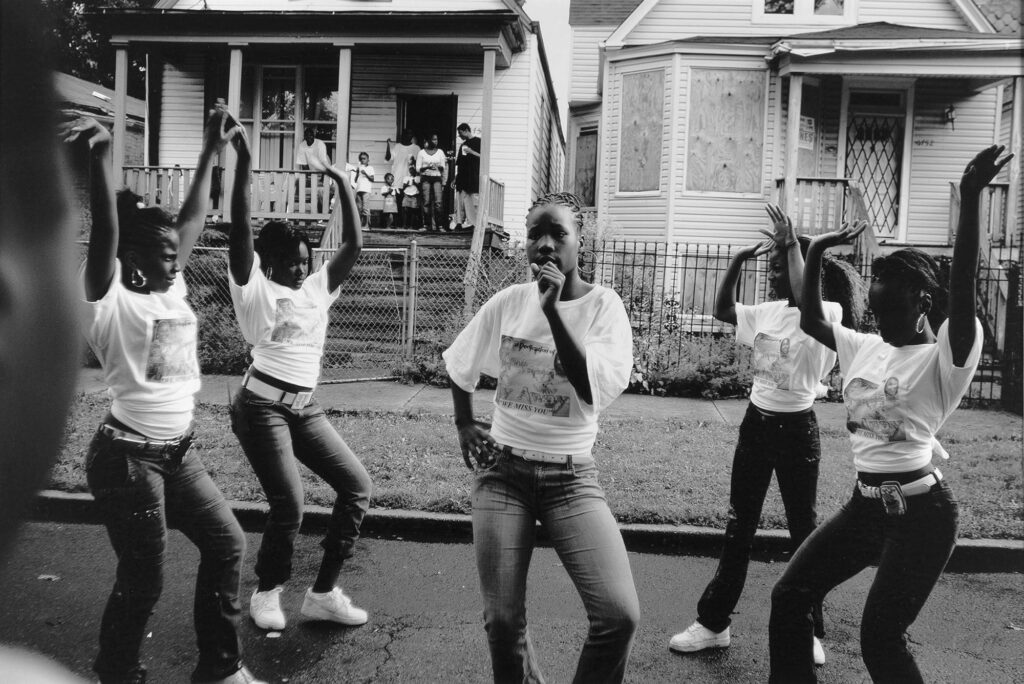
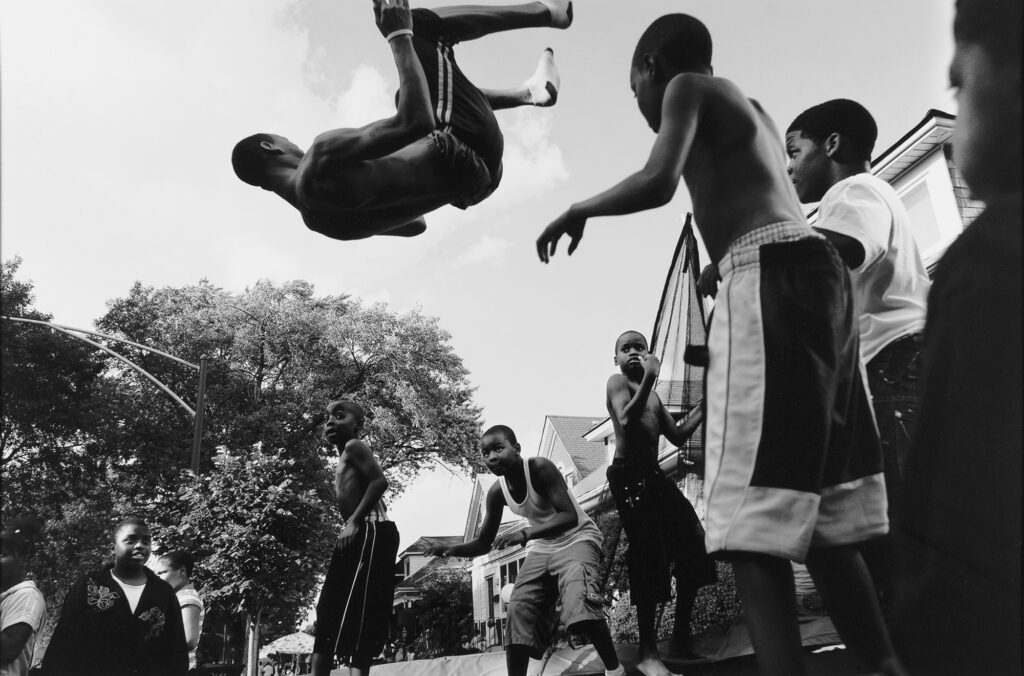
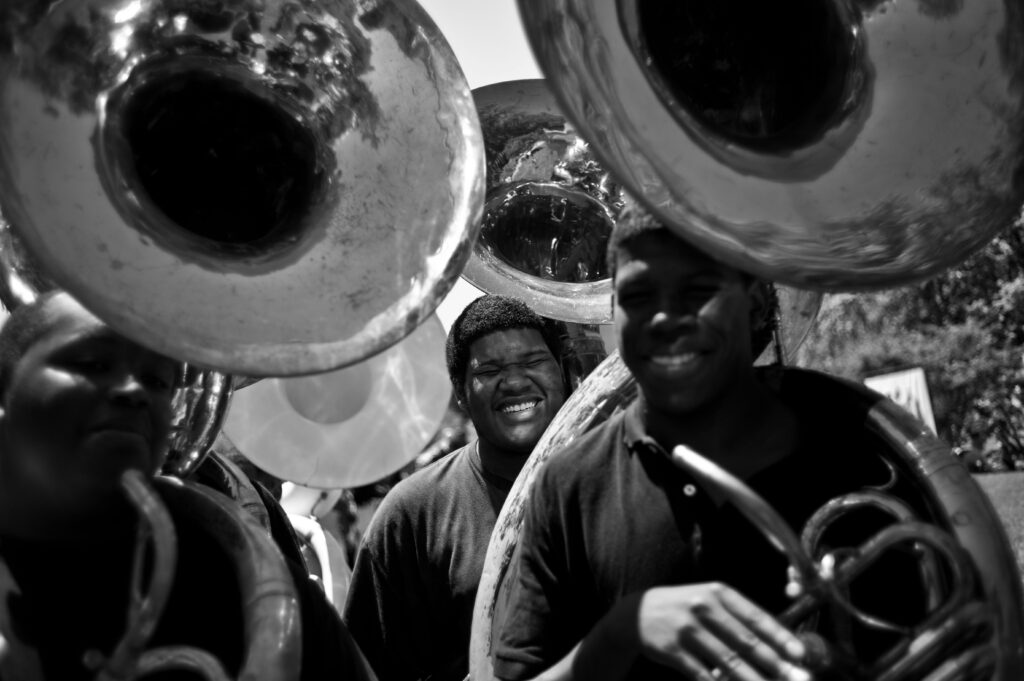
Extended Resources
Podcast: Carlos Javier Ortiz and David Schalliol in conversation
‘It’s all about community’: the photographer who captures unseen Chicago
Carlos’s photographic essay for The Case for Reparations
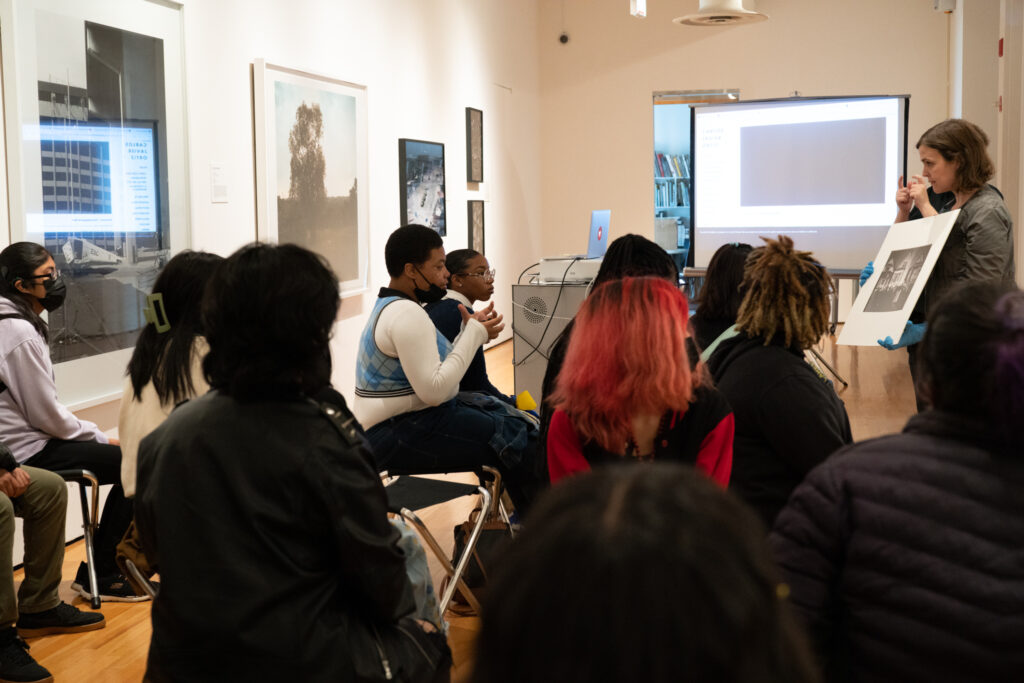
Questions for Looking and Discussion
- Have students watch the short film, A Thousand Midnights. What strategies does he use with sound and imagery to blend the sense of past and the present?
- What is the mood of the film? What does it say about Chicago?
- Now, looking at his images from We All We Got, what similarities or differences do you see between his two projects?
- How do the images make you feel? What do you notice about his choices in point of view, contrast, and lighting? How do these formal elements affect the overall mood of the images?
Walking Field Trip
Inspired by Ortiz’s long-term documentary projects in Chicago neighborhoods, take a walking field trip of your own neighborhood and photograph, capturing stories that feel authentic to your experience of this area.
There are all kinds of ways to work. Some people like to move continuously, becoming part of the rhythm of the street, in flow with the moment. Others like to stake out a set space, like a street corner or some specific area, like a five or ten square foot space, and stay there for a time to see what happens. Of course, there are other strategies you might employ, too. Here are some questions to get you thinking about your process. No one way is right or wrong. You can try different approaches and see what feels right for you!
CONSIDER THESE QUESTIONS BEFORE YOU BEGIN
- When you think about the photographs or videos you’ve seen of your neighborhood, what sticks in your mind about them? Where did you see those photographs or videos? What kind of things were pictured in the photographs you’ve seen? How did the context in which you saw those images make you think or feel about the images?
- Are there things or aspects of this neighborhood which you already know that you would like to show through your photographs? Make a list of them. You do not have to follow your list exactly. It’s possible that once you get out there walking, you’ll notice completely different things are pulling your attention.
- When you think about the elements of making photographs, which ones appeal to you and which do you think you will try out today?
- Who are your images for? In other words, who is your ideal audience and why?
STRATEGIES FOR YOUR WALKING AND PHOTOGRAPHY
- Are you an introvert or extrovert? Do you love talking with people, especially those you don’t know, or does that feel scary or stressful?
- If it feels stressful, would you be willing to push yourself out of your comfort zone and give it a try? How might that help you make even stronger pictures?
- If you plan to photograph people up close, you might want to have something already in mind for what you will say when you want to ask their permission. What will you say?
- What ethical concerns might you have photographing people in the street, in a shop, etc.
- As you walk, what kinds of things are immediately catching your eye?
- Where is the light coming from?
- Where do you want your body to be when making the photograph? Can you try a few different perspectives of the same scene?
